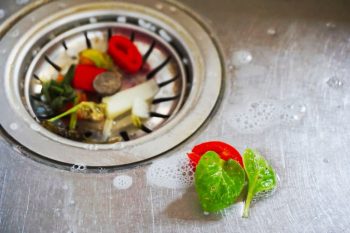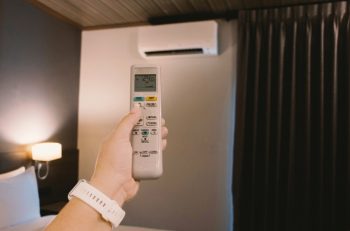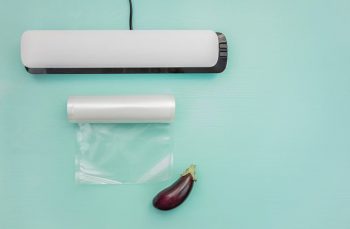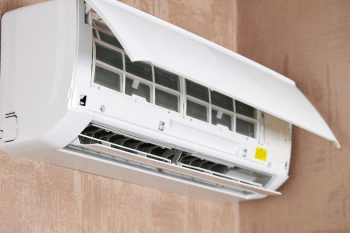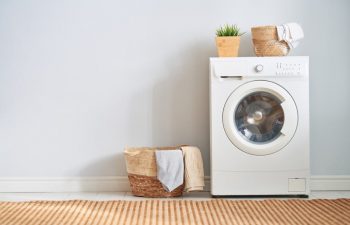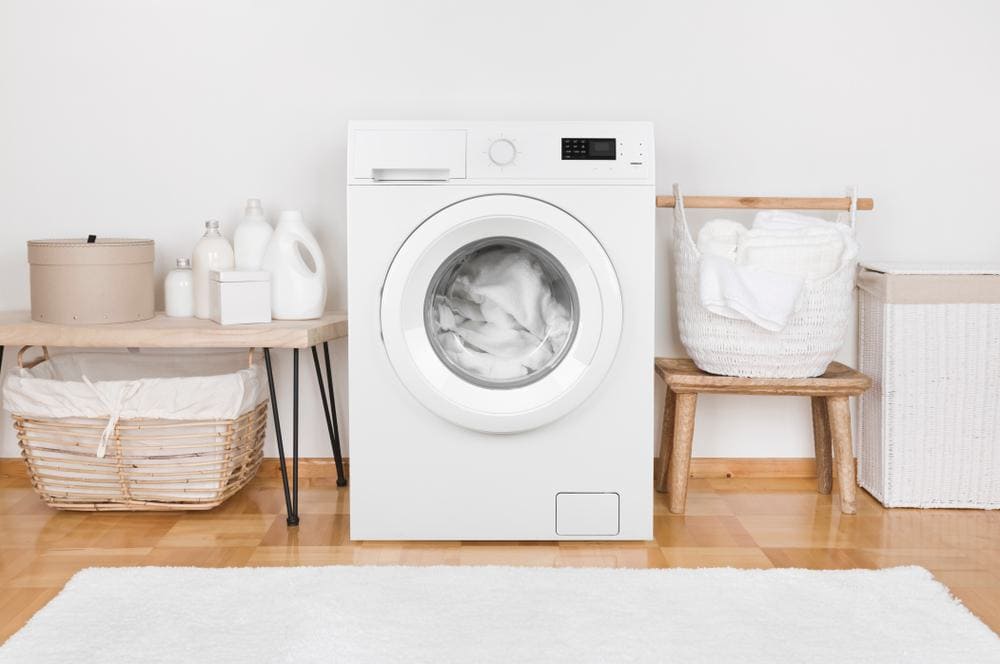
Determining the correct water level for your washing machine is essential for effective cleaning and optimal machine performance. This article will guide you through the factors that influence the appropriate water level, the consequences of using too much or too little water, and tips for washing delicate items.
The appropriate water level for your washing machine depends on the size of the load. For a small load, the washer should be about one-third full. For a medium load, the washer should be about half full. For a large load, the washer should be about three-quarters full. Always ensure to load the laundry loosely into the machine for effective cleaning.
Why is the Correct Water Level Important?
The correct water level in a washing machine is crucial for several reasons:
- Effective cleaning: The right amount of water ensures that clothes are cleaned effectively. The water allows the detergent to dissolve and the clothes to move freely inside the drum. Overfilling or underfilling the machine can lead to poor washing performance.
- Fabric care: Different fabrics require different amounts of water for proper cleaning. Delicate fabrics may need more water to prevent damage, while heavy fabrics may require less water to ensure thorough cleaning.
- Energy and water efficiency: Using the appropriate water level helps conserve water and energy, as it prevents the machine from using more water than necessary. This can also save you money on utility bills.
- Preventing wear and tear: Overloading the machine or selecting the wrong water level regularly can cause undue wear and tear on parts such as motors that drive the drum or inlet valve that controls how much water enters the machine.
How to Determine the Appropriate Water Level
Most top-loading washing machines have at least three load size settings:
- Small load: If the washer is about one-third full, use the small load setting.
- Medium load: If the washer is about half full, use the medium load setting.
- Large load: If the washer is about three-quarters full, use the large load setting.
Ensure that you load the laundry loosely into the machine. Packing it in may lead to an incorrect setting, and your laundry may not come out clean.
Consequences of Using Too Much or Too Little Water
Using too much or too little water in a washing machine can have several consequences:
- Reduced cleaning efficiency: Adding too much water can result in dingier clothes because the clothes aren’t rubbing against each other effectively. On the other hand, using too little water may not saturate the clothes enough for an effective wash.
- Inefficient resource utilization: When the load is too small, the machine may use the same amount of water and energy as it would for a larger load, resulting in inefficient resource utilization.
- Imbalanced drum: Underloading the washer can cause it to become imbalanced, which could harm the drum and lead to the cycle not finishing, meaning your clothes won’t be fully cleaned.
- Detergent issues: Using too much detergent for a small load can break down your clothing faster and leave your items feeling stiff or full of detergent. On the other hand, using non-HE detergent in an HE washing machine can generate more suds than needed, leading to longer cycle times and detergent residue left behind.
- Component failures: Using regular detergent in an HE washing machine may result in component failures or reduced rinsing performance.
Special Considerations for Delicate Items
When washing delicate items, use the Delicate or Hand Wash cycle on your washing machine. Choose cold or tepid water for washing and rinsing. Use a mild detergent or one specifically designed for delicate fabrics. Avoid overloading the washer, as this can cause poor agitation and dilute the detergent. If hand-washing, gently squeeze out excess water instead of wringing out the fabric, as this can cause damage.
Common Mistakes and How to Avoid Them
Avoid these common mistakes when setting the water level:
- Overloading the washer: Packing too many clothes into the machine can lead to an incorrect water level setting, resulting in laundry not being cleaned properly.
- Underloading the washer: Using too little water can cause poor rinsing, linting problems, wrinkling, and excessive wear on fabrics.
- Not matching water levels and load size: It is important to match the water level with the load size as closely as possible to ensure proper cleaning performance.
- Ignoring the washer’s settings: Not using the washer’s settings to increase the amount of water for a load can lead to inadequate cleaning.
- Not checking the water supply valve: Ensuring that the water supply valve to the washing machine is fully open is essential for proper water levels.
By understanding these factors and following these tips, you can ensure that your washing machine operates efficiently and cleans your laundry effectively. Happy washing!
Frequently Asked Questions
What if my washing machine doesn’t have a water level setting?
Many modern washing machines automatically adjust the water level based on the weight and type of load. If your machine doesn’t have a manual water level setting, it’s likely doing the work for you!
How can I tell if I’m overloading or underloading my machine?
Overloading often means you can’t fit your hand in the drum without touching your laundry. Underloading, on the other hand, may cause the machine to become imbalanced during the spin cycle. A good rule of thumb is to fill the machine to about three-quarters full for a full load.
Can I use any detergent for my washing machine?
It’s recommended to use high-efficiency (HE) detergent for HE washing machines as they produce fewer suds and are designed for machines that use less water. Regular detergents can lead to excess suds, longer cycle times, and detergent residue.
How often should I adjust the water level?
You should adjust the water level for every wash to match the size and type of the load. This ensures optimal cleaning performance and efficiency.
Is it okay to mix different types of clothes in the same load?
It’s best to separate clothes by color and fabric type to prevent color bleeding and ensure that each item is cleaned properly. Delicate fabrics may require a different water level and temperature than heavier fabrics.

